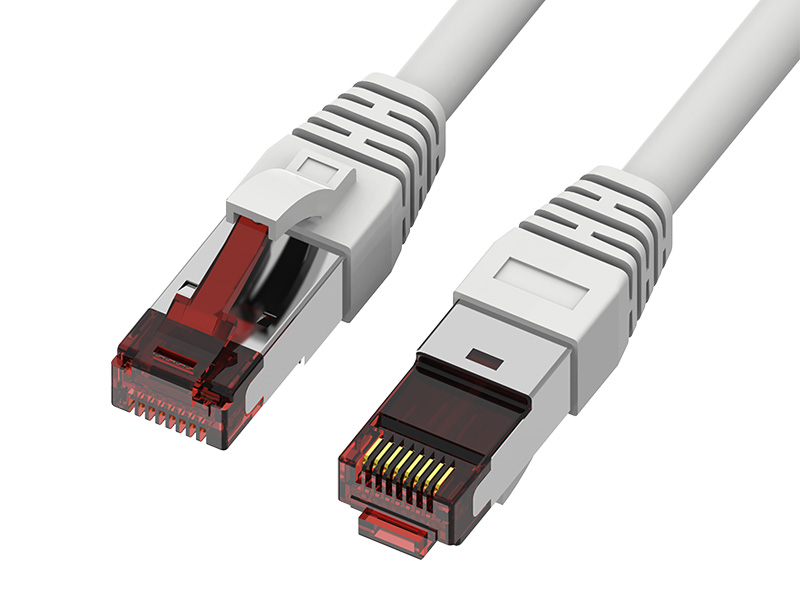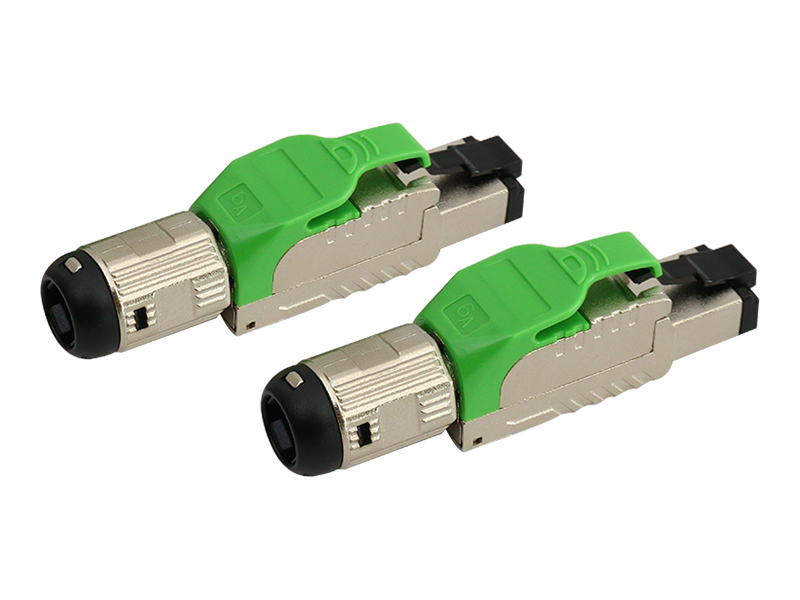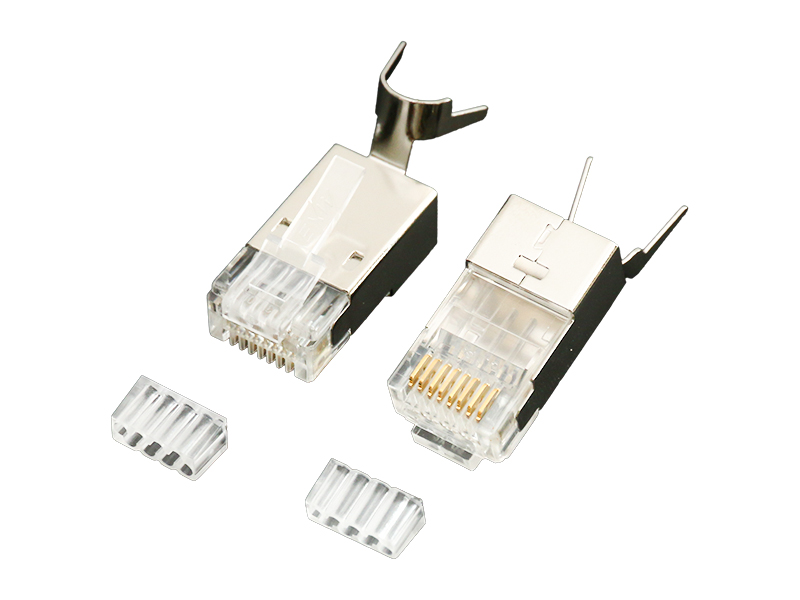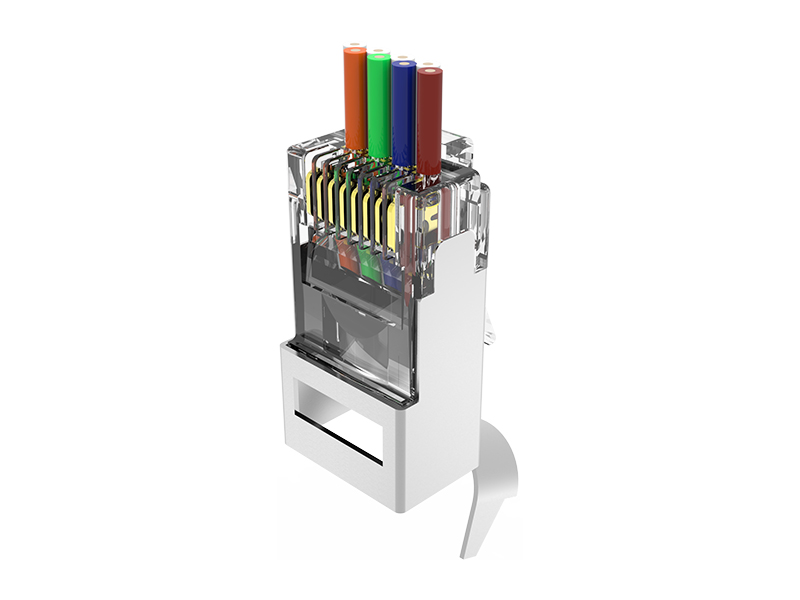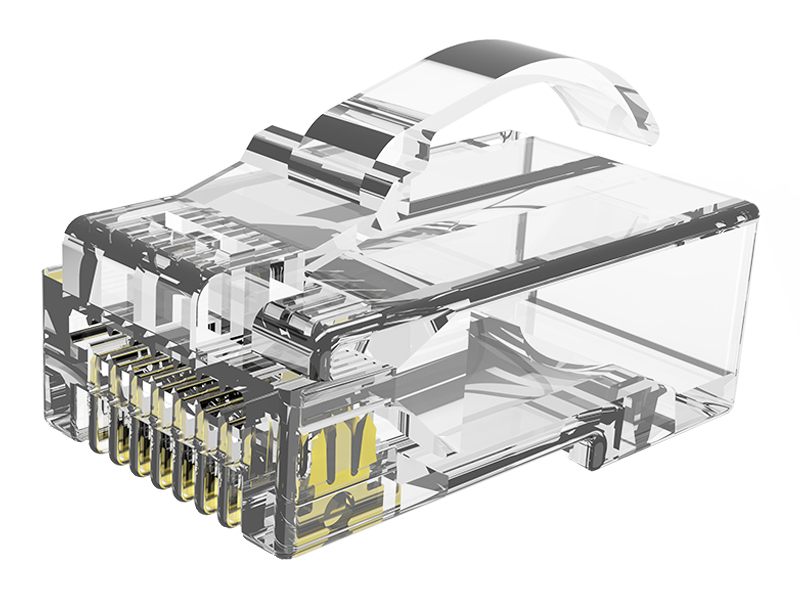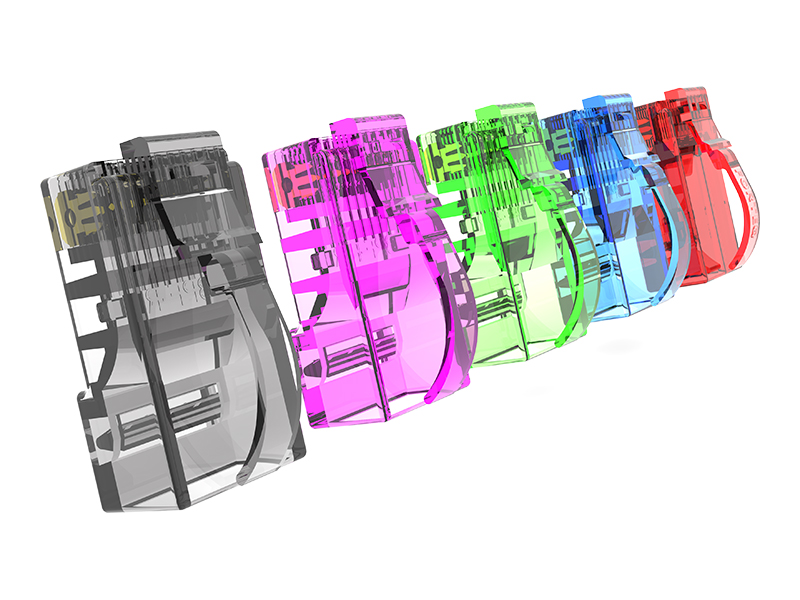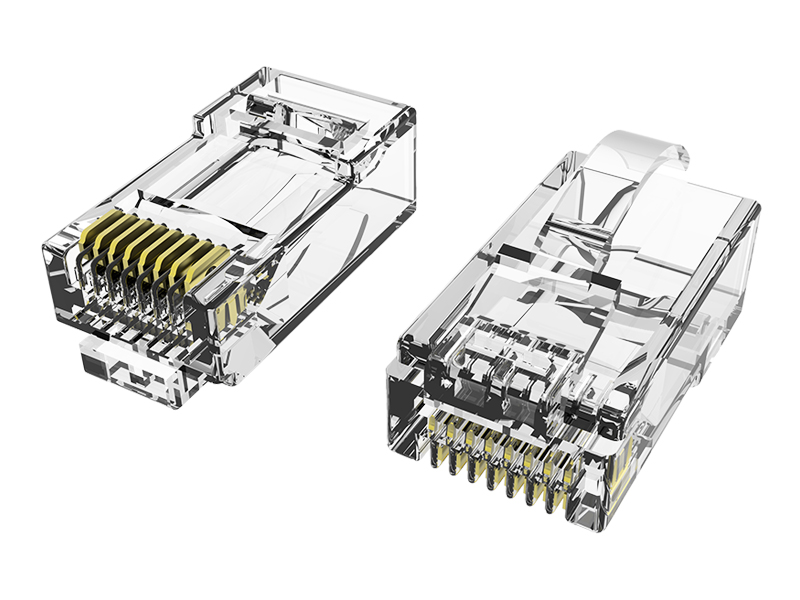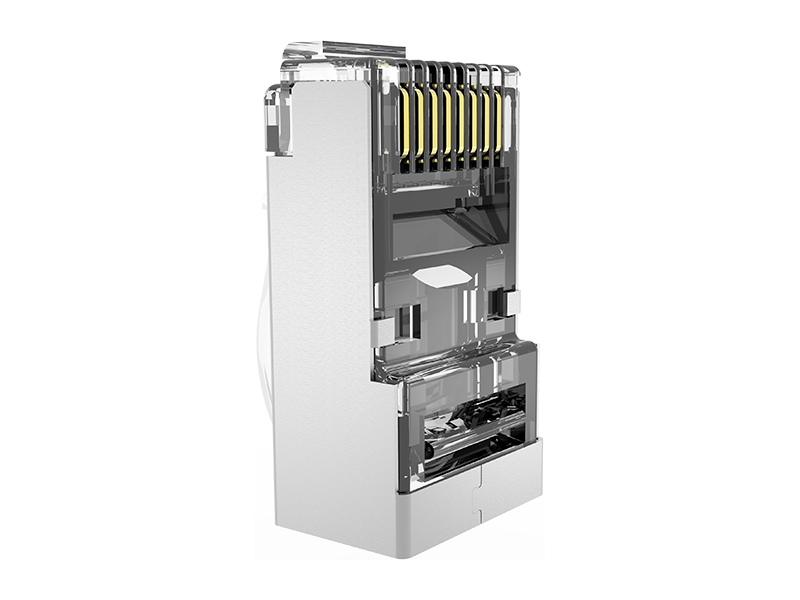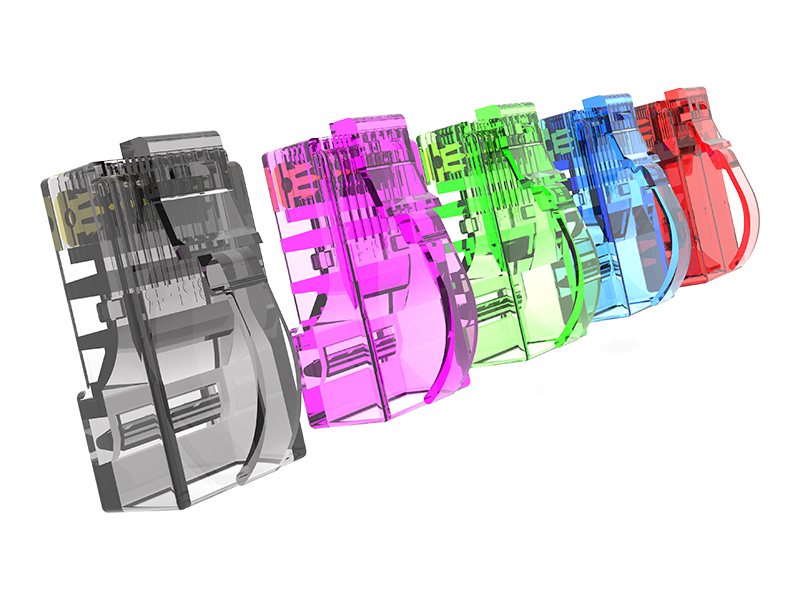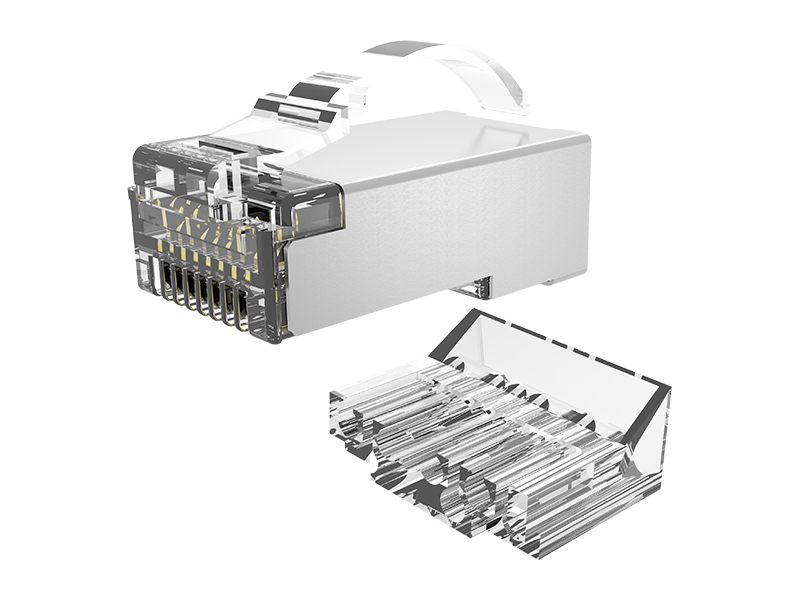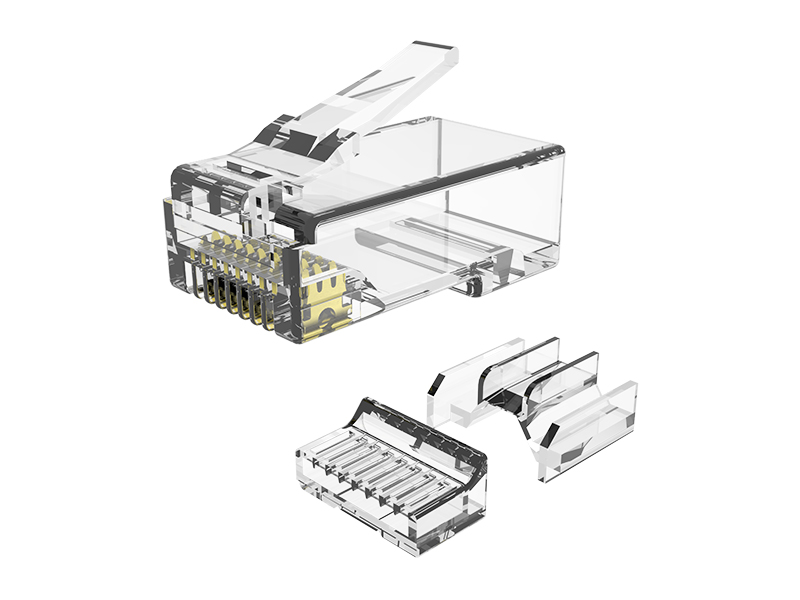To test the performance and quality of a Cat.6A patch cord, you can follow these steps:
1. Visual Inspection: Start by visually inspecting the patch cord for any physical damage or irregularities. Check the connectors, cable jacket, and strain relief for signs of wear, bending, or fraying. Ensure that the connectors are properly crimped and aligned.
2. Cable Length Measurement: Measure the length of the patch cord using a cable length tester or a known accurate measuring device. Compare the measured length with the specified length of the patch cord to ensure it meets the required standard.
3. Continuity Testing: Use a cable tester with continuity testing capability to check if all the conductors in the patch cord are properly connected from one end to the other. The tester will indicate if there are any open circuits, shorts, or miswires. Ensure that all the pins in the connectors are properly mapped and functioning.
4. Wiremap Testing: Perform a wiremap test to verify the correct pairing of the wires in the patch cord. The tester will indicate if there are any crossed or reversed pairs, which can cause signal degradation or transmission errors.
5. Insertion Loss and Return Loss Testing: Use a cable certifier or network analyzer to measure the insertion loss and return loss of the patch cord. These tests assess the signal attenuation and reflectivity of the cable. The measured values should be within the specified limits for Cat.6A performance.
6. Alien Crosstalk Testing (if applicable): Cat.6A cables are designed to mitigate alien crosstalk, which is interference caused by adjacent cables. If your application requires it, use a cable certifier or network analyzer to test the patch cord for alien crosstalk. Ensure that the measured values are within the acceptable range.
7. Performance Testing: If possible, connect the patch cord between two devices or network ports and perform data transmission tests. Transfer large files or run network speed tests to assess the performance and reliability of the connection. Look for any signal degradation, dropped packets, or inconsistent data transfer rates.
8. Compliance Verification: Ensure that the patch cord meets the necessary standards and certifications for Cat.6A performance. Look for markings or labels on the cable jacket indicating compliance with relevant standards, such as TIA/EIA or ISO/IEC.
It's worth noting that for comprehensive testing and certification of network cabling systems, it is recommended to use professional-grade cable certifiers that can provide detailed reports and verify compliance with industry standards.
By following these testing steps, you can evaluate the performance and quality of a Cat.6A patch cord, ensuring that it meets the required standards and is suitable for high-speed data transmission in your network infrastructure.



 中文简体
中文简体 English
English Français
Français Deutsch
Deutsch عربى
عربى

